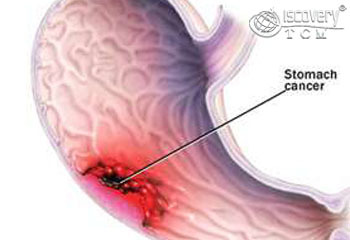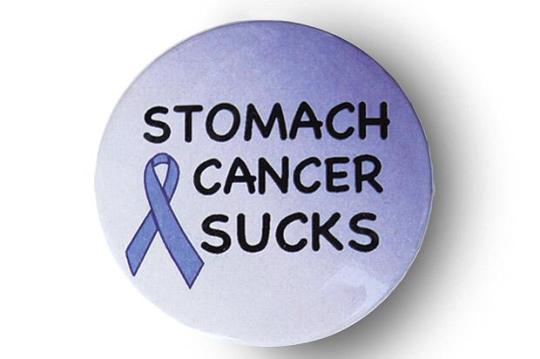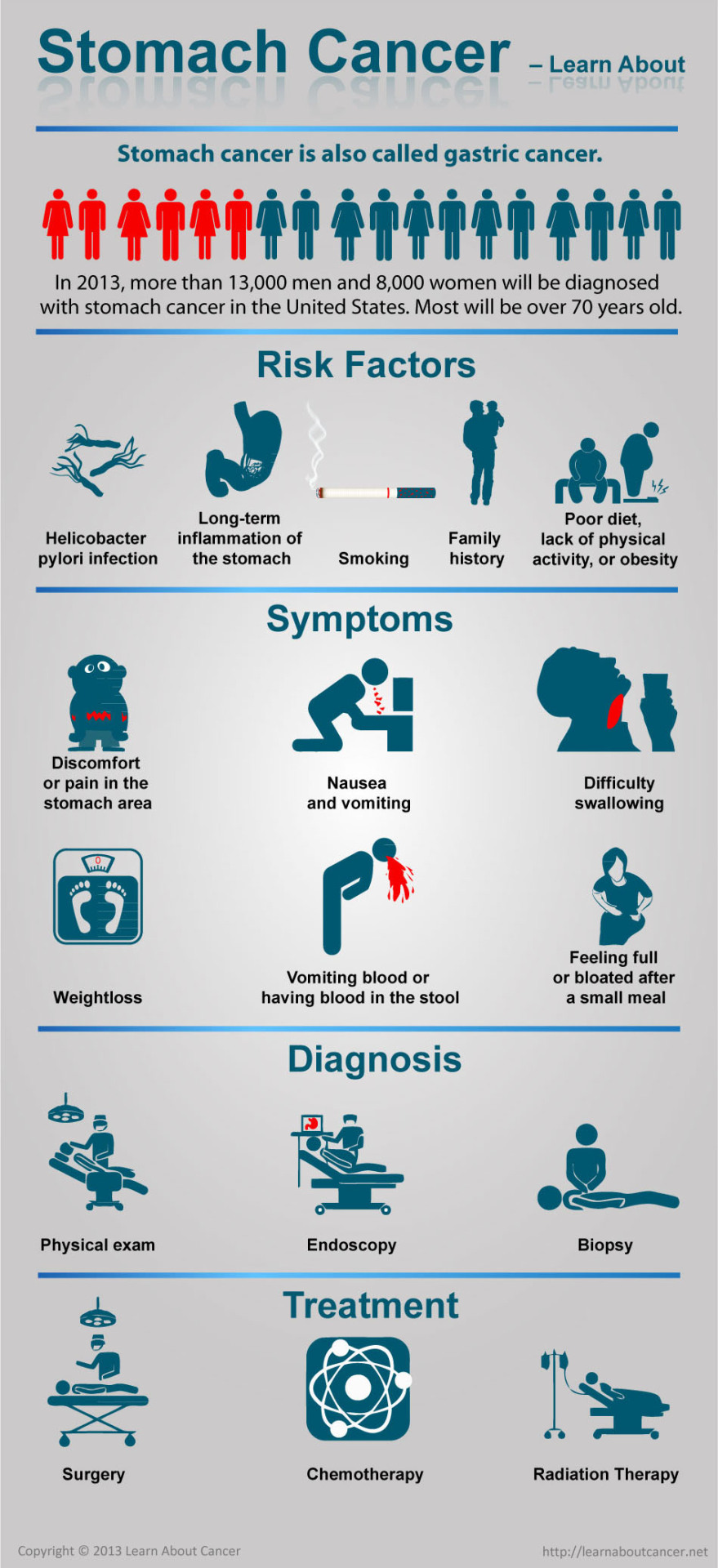Text
Don't You Need That?
FAQ about life without a stomach
All credit goes to dontyouneedthat.tumblr.com
Read Article

0 notes
Quote
My hero didn’t wear a cape. He battled cancer.
(via brucewaynesbitch)
40 notes
·
View notes
Text
Stomach cancer symptom time line
Early stages of stomach cancer
Indigestion and discomfort int he stomach
Feeling bloated after eating
Some nausea
Loss of appetite
Heartburn
Later stages of stomach cancer
Discomfort in the upper/middle abdomen
Blood in the stool which appears black
Vomiting (can be blood)
Weight loss
Pain or bloating right after eating
Weakness or fatigue having to do with mild anemia
source
2 notes
·
View notes
Text
What causes Stomach Cancer:
The causes are still unknown and scientists are trying to find the answer. They have clues to guide them in the direction, but the cause has not officially bet determined.
Men have double the risk in getting stomach cancer than women
Being African American or Asian can increase the risk
Abnormal genes and inherited cancer syndromes can lead to increased risks
The location of where you are. Stomach cancer is more common in some places than others. It is more common in Japan and parts of Central and South America
People with blood type A are at a high risk of getting Stomach Cancer
It occurs more in people that are around the ages 70-74 in both men and women
Lifestyle factors can contribute to Stomach cancer. Whether the person smokes, drinks alcohol, doesn't consume enough fruits and vegetables, foods high in salt or smoked, and nitrate-preserved foods are all ways the Stomach cancer risk is increased.
Some occupations can increase the risk too. Such as coal mining, nickel refining, rubber process, timber processing, and asbestos exposure.
source
0 notes
Photo

Stomach Cancer
1 note
·
View note
Text
The different types of Cancer within Stomach Cancer
Soft tissue sarcomas
A cancer that develops from cells in the soft tissues such as fat, muscle, nerves, fibrous tissues, blood vessels, and in any other tissue that support, surround, and protect the body’s organs. It has the ability to develop in any part of the body, although most develope in the arms and legs. Some do grow in specific organs like the womb, stomach, skin, or bowel. There are a few that can grow in the head or neck but it’s not as common. Some types of sarcoma develop in children, teenages, and young adults, but it’s more common in people who are over 30 years of age
Symptoms: The symptoms do not last a long time. They can develop in any part of the body, but the symptoms depend on where in the body it is affected.
Causes: The cause is currently unknown. Like other cancers it is not infectious or contagious.
Gastrointestinal stromal tumours (GISTs)
A rare type of cancer. It is most commonly found in adults around the age of 50-60. GISTs usually start in the stomach or small bowel, but can occur anywhere along the whole digestive tract. GISTs start in cells that are between the muscle cells. The cells then send signals to the muscles telling them to push food and liquid into the digestive tract.
Symptoms: The symptoms depend on the size and location of the tumor but it may include
Causes: The cause of GISTs is unknown although most people who are diagnosed with it do not have a family history of it.
Hodgkin lymphoma
A type of stomach cancer that is located in the lymphatic system. Only about 1 in 5 people of people diagnosed with lymphomas are Hodgkin lymphoma.
Symptoms: The most common symptoms are drenching/frequently sweating (especially at night), unexplained high temperatures, weight loss, tiredness, coughing, and persistent itch all over the body. It also depends on where in the body the lymph node is located.
Causes: The cause is unknown
Non-Hodgkin lymphoma (NHL)
There are many different types of NHL. Some types grow very slowly and do not need treatment for months or years, but other types grow rapidly and need treatment after diagnosed.
Symptoms: Some people’s systems depend on where the lymphoma is located in their body, but the symptoms may include: coughing, difficulty in swallowing or breathing, indigestion, stomach pain and weight loss. If the lymphoma spreads into the bone marrow it can decrease the number of blood cells in the body. The symptoms can cause: tiredness, difficulty in fighting infections, bruising, and bleeding.
Causes: A weakened immune system, autoimmune disease, previous cancer treatment, infection, and family risk.
MALT lymphoma (extranodal marginal zone B-cell lymphoma)
It mostly affects older people in their 60’s. It is a type of lymphatic tissue (mucosa-associated lymphoid tissue) that lines some organs in the body. The stomach is where it is most common are for the MALT lymphoma to develope, but it is possible to being in other organs like the lung, thyroid gland, salivary gland, or the bowel. MALT lymphoma is also known as extranodal lymphoma.
Symptoms: the symptoms depend on where in the body the MALT lymphoma is developed. It can cause symptoms like indigestions, loss of appetite, tiredness, and weight loss.
Causes: It usually starts in areas of the body where there’s been long-term inflammation because of infection. Since most MALT lymphoma cases affect the stomach it’s linked to infection by a bacteria called Helicobacter pylori (H. pylori). If the H. pylori is not treated it can cause the inflammation of the stomach lining and can lead to MALT lymphoma developing. MALT lymphoma in the thyroid gland occurs in people with an autoimmune condition called Hashimoto’s thyroiditis. MALT lymphoma in the salivary glands is more common in people who have autoimmune condition called Sjogren’s syndrome. MALT lymphoma is not infectious and contagious.
0 notes
Text
Why are men More at Risk for Gastrointestinal Cancer?
Could it have to do with biological factors between men and women such as estrogen levels?

Read Article
0 notes
Text
Don't Grill Your Meat!!!

Read Article
0 notes
Photo

i just wanted to say quickly to my followers that i am sorry i haven’t posted anything in the past few days. i had to get surgery done on my stomach last sunday. i will be back to posting the normal things tomorrow night
13 notes
·
View notes
Photo

Stomach Cancer – Learn About
71 notes
·
View notes
Text
Stomach Cancer Treatment Options by Type and Severity
Stage 0
Since the cancer has not yet fully developed, radiation therapy and chemotherapy would be virtually useless. At such an early stage, the only treatment option is a surgery, either removing part of the stomach, the whole stomach, or surrounding lymph nodes.
Stage I
I A
The first part of Stage 1 is still not fully developed, and so the treatment options would be the same as Stage 0
I B
The cancer is still young at this stage. Once again, surgery is a treatment option. But now, chemotherapy and chemoradiation can be used to help break down the cancer before surgery. If cancer has spread to the lymph nodes, only chemo or radiation is an option.
Stage II
Treatment options for stage II would be to have surgery to remove part or all of the stomach and/or the surrounding lymph nodes
Stage III
The main type of treatment for stage III would be surgery. If someone is extremely sick and cannot undergo surgery, chemo or chemoradiation is the route they want to take. Sometimes chemo can be used prior to surgery to attempt to shrink the cancer
Stage IV
This stage of cancer cannot be cured. But it can be kept in check, with surgery of the stomach, chemo therapy, radiation therapy, or chemoradiation. Something else that is practiced on Stage IV patients is a laser beam treatment, where a laser beam on the end of an endoscope can destroy cancerous material without surgery

0 notes
Text
Rate of Stomach Cancer diagnoses in the UK
Source Link
0 notes




